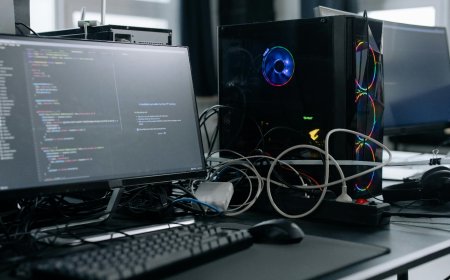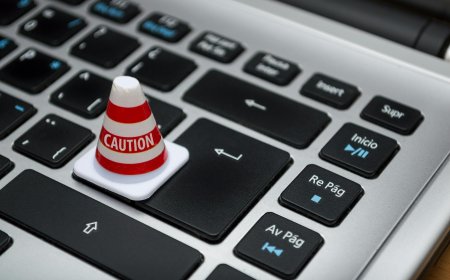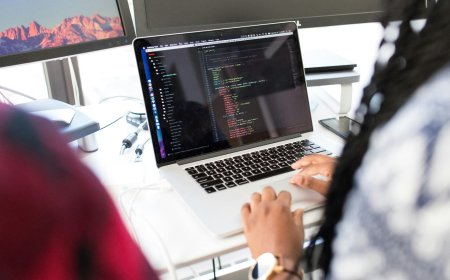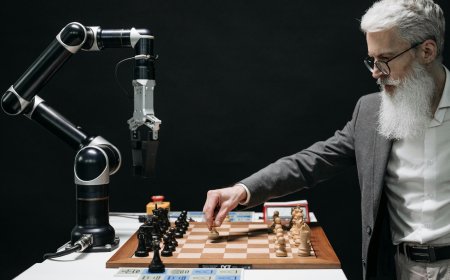Simulating Real-World Systems for Optimal Performance in 2025
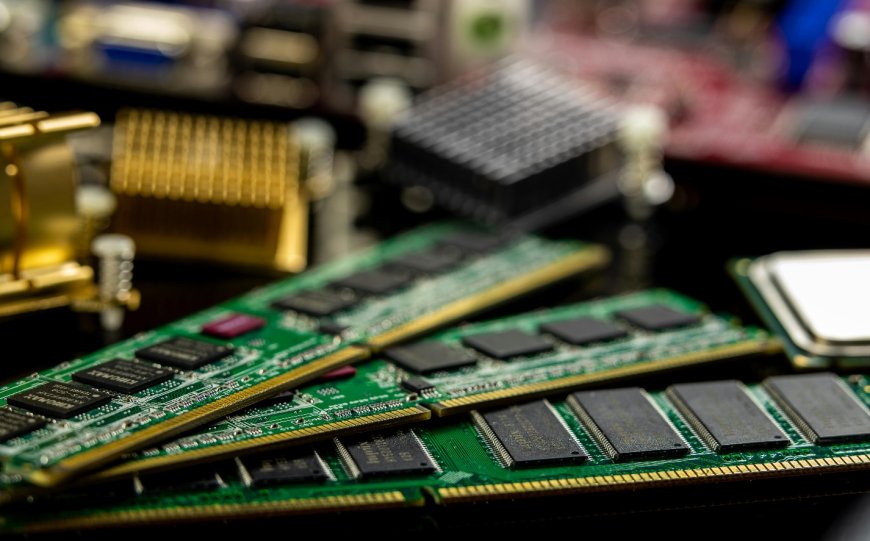
Digital twins have become a transforming instrument in the always-changing terrain of technological innovation since they help to close the distance between the physical and virtual worlds. Digital twins help companies replicate, track, and maximize real-world activities with unheard-of accuracy by building a virtual copy of physical objects, systems, or procedures. From manufacturing to healthcare and urban planning, this technology is transforming sectors and providing hitherto impossible insights.
Understanding Digital Twins
A digital twin is fundamentally a dynamic virtual replica reflecting a physical object. Digital twins combine real-time data from sensors placed in the physical counterpart, unlike conventional simulations that concentrate on particular events or processes. A great tool for predictive analytics and decision-making, this two-way flow of data lets the digital twin constantly update and mirror changes in its real-world equivalent.
Imagine, for example, a wind turbine with sensors measuring variables including energy output, temperature, and wind speed. The digital twin receives the data gathered so that engineers may test possible changes without interfering with real-time operations, replicate different conditions, and find performance limits. Among the main benefits of digital twins is their capacity for risk-free virtual environment experimentation.
How Digital Twins Work
The functionality of digital twins hinges on three critical components:
1. Data Collection: Embedded in the physical system, sensors gather real-time data on several variables including motion, temperature, or pressure.
2. Data Integration: IoT networks or cloud-based systems carry this data forward to the digital twin. Using this data, advanced algorithms generate an exact virtual reality.
3. Simulation and Analysis: Using machine learning and modeling techniques, the digital twin examines performance, forecasts results, and suggests changes.
Using this seamless integration of real-world data with virtual modeling, companies can acquire practical insights that propel efficiency and creativity.
Applications Across Industries
Digital twin technology finds use in several sectors, each using its features in different ways; it is not limited to one field.
Manufacturing
Digital twins have transformed manufacturing operations by allowing real-time monitoring and predictive maintenance, therefore guiding production. Businesses can design virtual copies of assembly lines to see possible mistakes or inefficiencies before they start. For instance, General Electric employs digital twins to replicate turbine operations, therefore enabling them to estimate maintenance requirements and save downtime. This proactive strategy increases output and helps to lower expenses.
Smart Cities
Digital twins are being used by urban designers more and more to create better cities. One such shining example is Singapore's "Virtual Singapore" initiative, whereby officials can maximize traffic flow, resource management, and catastrophe scenario planning using a thorough digital model of the city. Digital twins support sustainable development through real-time urban dynamics simulation.
Healthcare
Digital twins are opening the path for tailored medication in the healthcare sector. Siemens Healthineers has created a digital twin for human hearts combining patient data with medical imaging. This paradigm allows surgeons to virtually test treatment choices before doing invasive operations. Beyond personal care, hospitals apply digital twins for workflow management and equipment optimization.
Aerospace
Digital twins help the aircraft sector in areas including design optimization and maintenance. Before launch, SpaceX employs this technology to replicate rocket trajectories under different climatic conditions, therefore guaranteeing dependability and safety. Boeing uses digital twins driven by augmented reality similarly for airplane inspection and maintenance.
Agriculture
Even farming has accepted this technology. Through the simulation of elements like soil quality and weather patterns, digital twins enable farmers to maximize growing conditions. For example, a London subterranean farm effectively controls conditions for growing salad greens using a digital twin.
Advantages of Digital Twins
The adoption of digital twins brings numerous benefits:
1. Enhanced Efficiency: By identifying inefficiencies in real-time, organizations can streamline operations and reduce waste.
2. Predictive Maintenance: Using active identification of possible faults, digital twins help to minimize downtime and prolong equipment lifetime.
3. Cost Savings: Virtual environment simulations help to lower the demand for actual prototypes or trial-and-error methods.
4. Improved Decision-Making: Real-time data analysis offers strategic decisions' guiding insights.
5. Risk Mitigation: Testing changes in a virtual model eliminates risks associated with experimenting on physical systems.
These benefits make digital twins an essential tool for companies to remain competitive in a world growingly complicated.
Challenges and Limitations
Despite their immense potential, implementing digital twin technology is not without challenges:
1. High Complexity: Creating a completely working digital twin calls for combining IoT, artificial intelligence, and cloud computing among other technologies. For companies, this intricacy can be exhausting.
2. Data Quality Issues: The effectiveness of a digital twin depends on accurate and high-quality data. Poor data can compromise its utility.
3. Customization Requirements: A one-size-fits-all approach does not work; each digital twin must be tailored to specific use cases.
4. Cost Barriers: Smaller companies may find the initial outlay in infrastructure, software development, and sensors costly.
Addressing these challenges requires careful planning and investment but promises significant returns in the long run.
The Future of Digital Twins
As technology continues to evolve, so too will the capabilities of digital twins. Emerging trends include:
1. AI Integration: Incorporating artificial intelligence will enhance predictive analytics and automate decision-making processes.
2. Scalability: Cloud computing developments will facilitate the scaling of digital twin applications over bigger systems or whole companies.
3. Democratization: By use of standardized tools and frameworks, initiatives like the Turing Research and Innovation Cluster hope to make digital twin technology available to additional sectors.
Furthermore, as sectors give sustainability a top priority, digital twins will become very important for the best use of resources and environmental impact reduction.
Conclusion
Digital twins cause a paradigm change in our interaction with intricate systems. They enable companies to replicate events, forecast results, and maximize performance with formerly unheard-of accuracy by building dynamic virtual reproductions of real-world objects By linking the physical and virtual worlds, this technology is revolutionizing sectors from manufacturing floor to smart city to healthcare facility.
Although high costs and complexity are still obstacles to general acceptance, continuous development promises to make this breakthrough instrument more easily available. Adopting digital twin technology could be the secret to releasing fresh degrees of efficiency, creativity, and sustainability across every industry 4.0 touches as we stand on the edge of its complete realization.
What's Your Reaction?
 Like
0
Like
0
 Dislike
0
Dislike
0
 Love
0
Love
0
 Funny
0
Funny
0
 Angry
0
Angry
0
 Sad
0
Sad
0
 Wow
0
Wow
0










